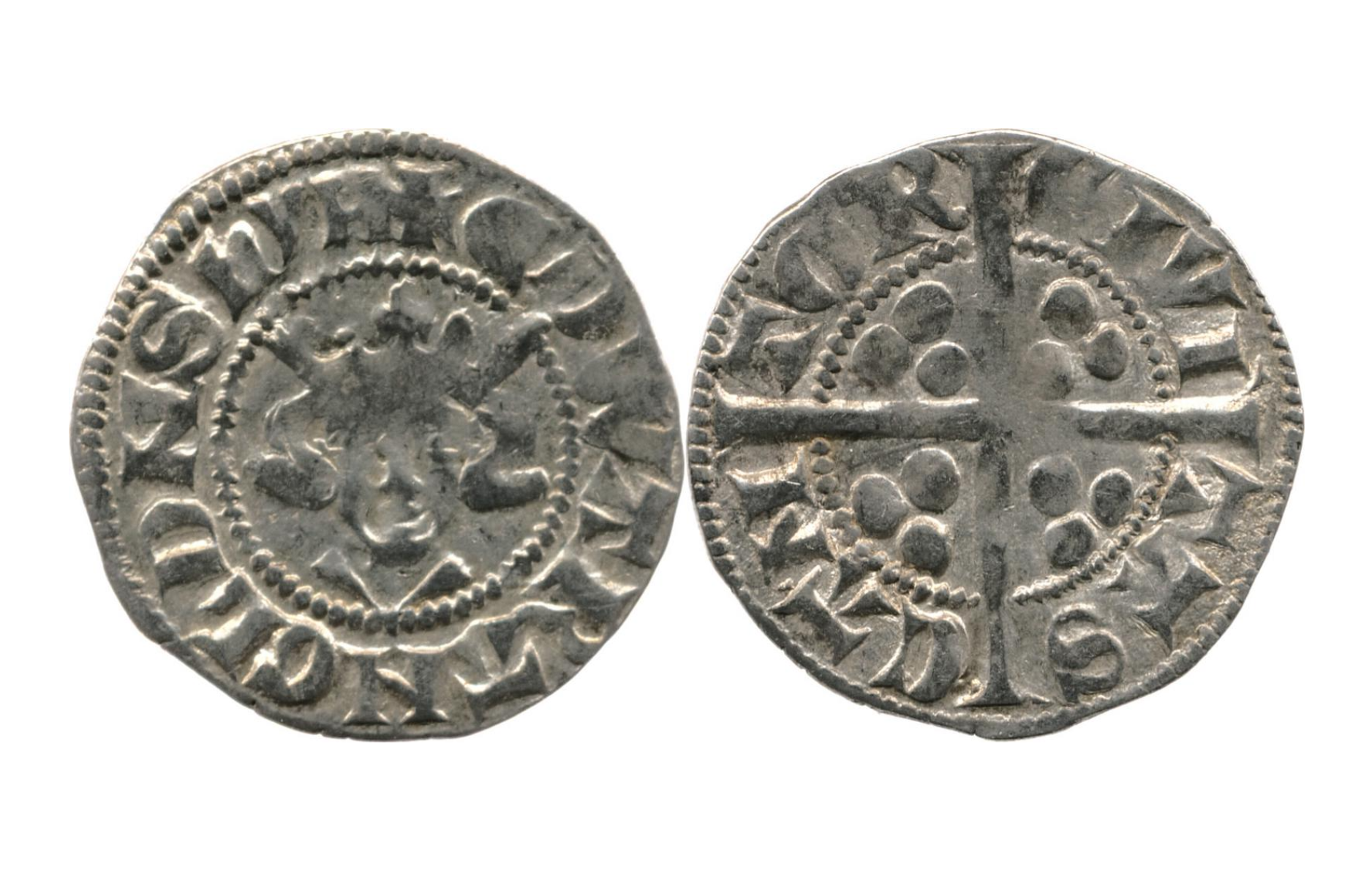On a sunny day on the 1st of June 1831, a group of unsuspecting workmen from the cotton mill in Tutbury were digging in the river Dove to clear the water and improve the mill. They were digging near the bridge when one of the workers dug up a silver coin.
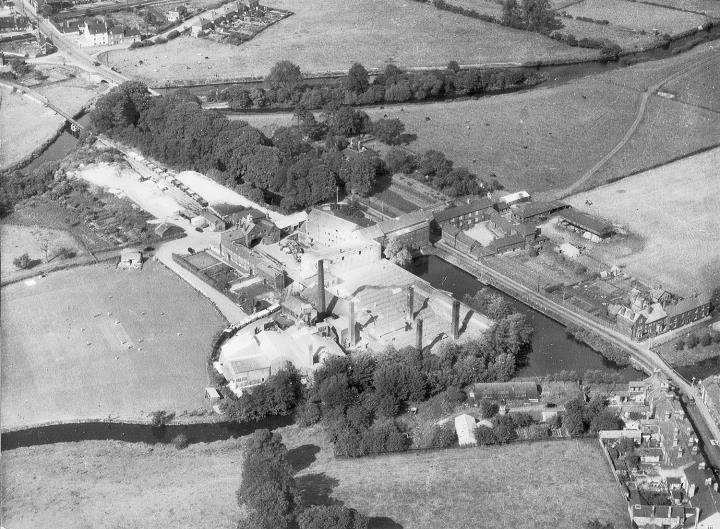
Little did he know that that silver coin was one of many. As they kept digging, they found shovel after shovel full of silver coins.
It didn't take long for the story to quickly get around the village, and people came quickly to dig up the coins and pocket as many as they could. Some kept them, and some instantly sold them, but whatever they did they kept on coming out of the water.
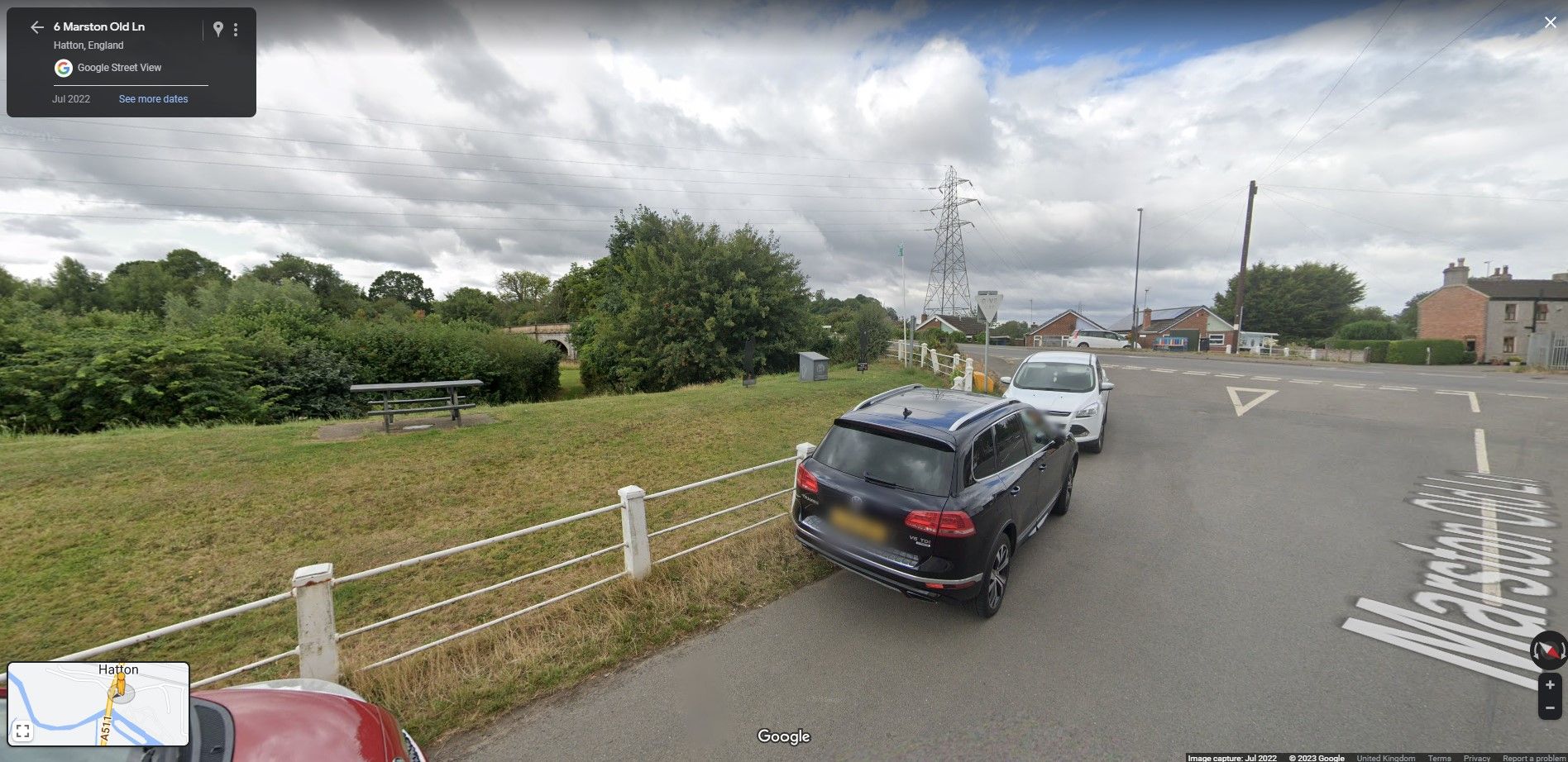
In no time at all word had spread through the surrounding areas and newspapers and people were travelling miles to dig in the river for their fortunes.
It became a free for all. All of the hotels and rooms were let, the alehouses were full and fights were breaking out all over. Over 300 people at a time were digging in the river!
It became so bad that the Crown had to issue a Royal Order to stop people from digging, saying that all of the coins found after the 15th of June 1831 belonged to the Crown. The Staffordshire Yeomanry were ushered in to arrest anyone found digging.
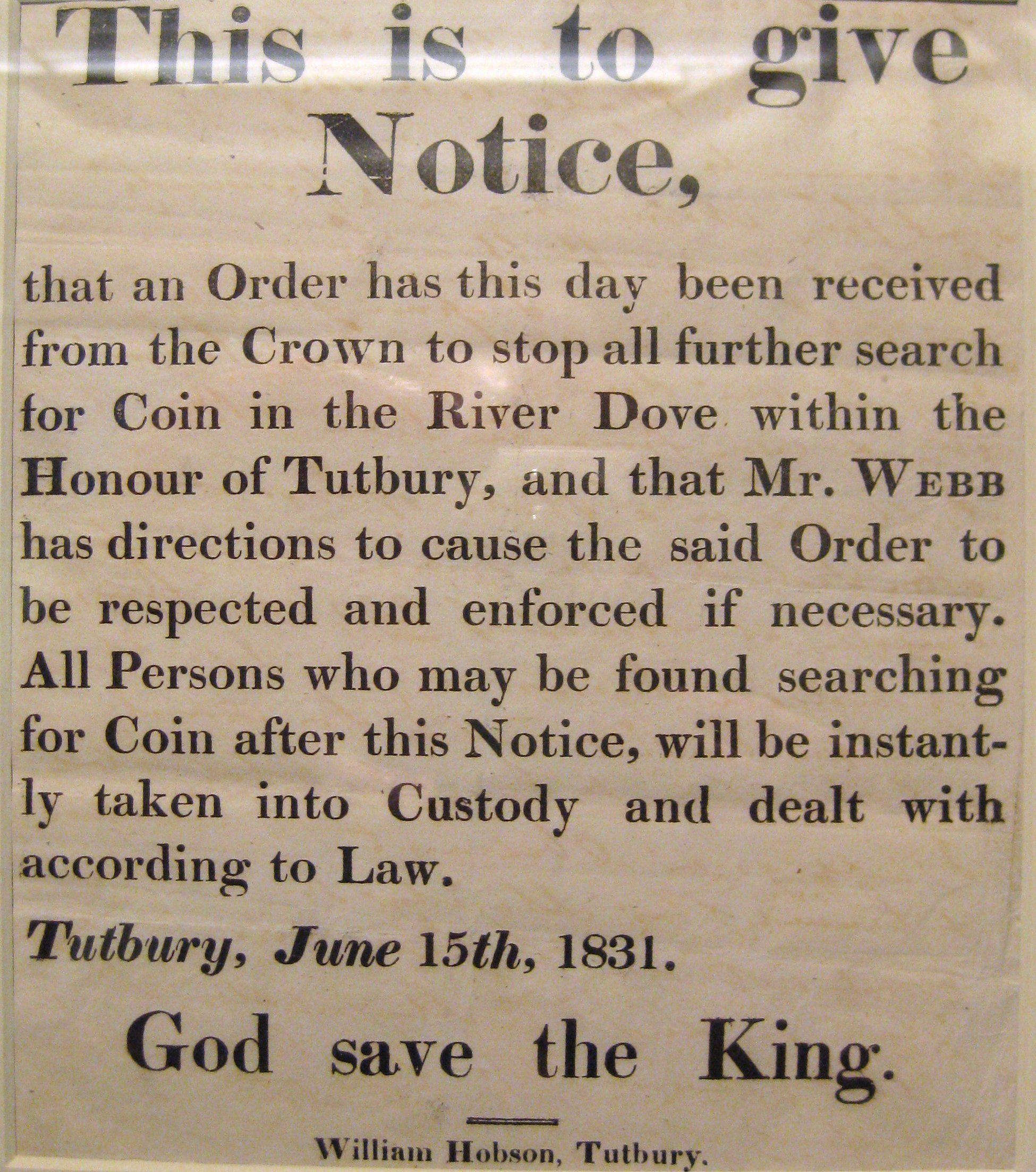
On the 16th of June 1831, another notice was given by the King that said that although it was forbidden to search for the coins, no prosecution would be given to those who had found coins before the notice and only those appointed by the King would be allowed to search.
This was too little too late though, as the Crown only ended up with about fifteen hundred coins when the overall estimated total of coins found was over three hundred and fifty. Eventually, the ban was lifted as it was thought that the coins found could help the poor and improve the local area.
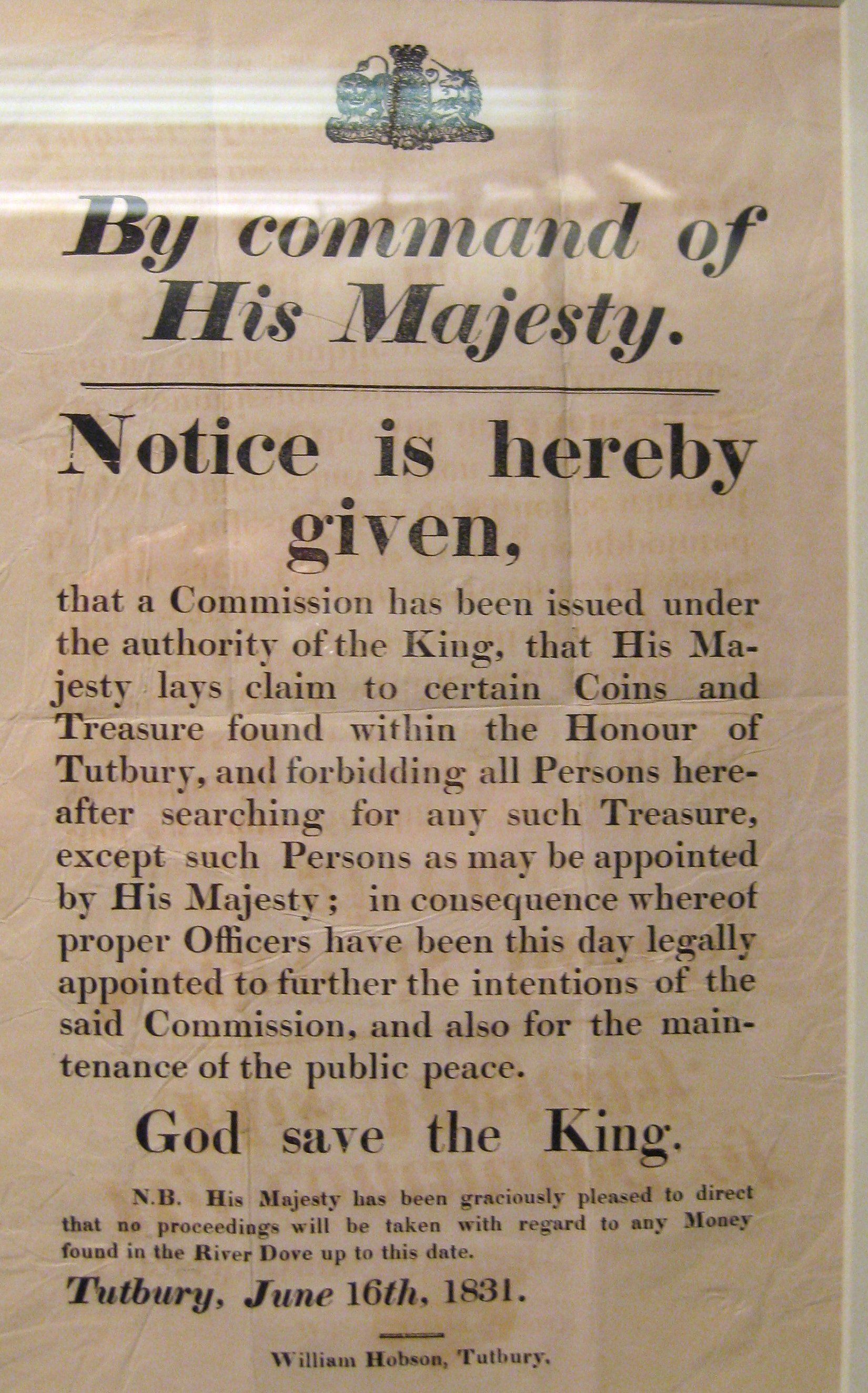
The coins ranged over a few different generations, including Edward I & II, Henry III, Scottish King Alexander III, Robert the Bruce and more. All from the 13th and 14th centuries.
The mystery though, was where had all of these silver coins come from. Well, there is a story that answers that question.
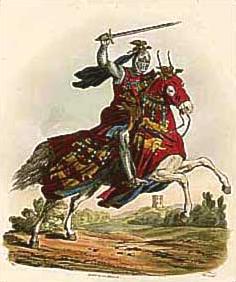
Thomas the Earl of Lancaster was a favourite of Edward I, better known as Edward Longshanks. However, when his son Edward II came to the throne, he soon fell out of favour, as most people did. It is widely claimed that Edward I was one of the worst kings in England. Thomas was seen to be a better heir to the throne than his cousin Edward II.
Thomas gathered the support of the English nobles without drawing much attention from the king, but all of that changed in 1312 when the king's favourite (and some say lover) Piers Gaveston was executed.
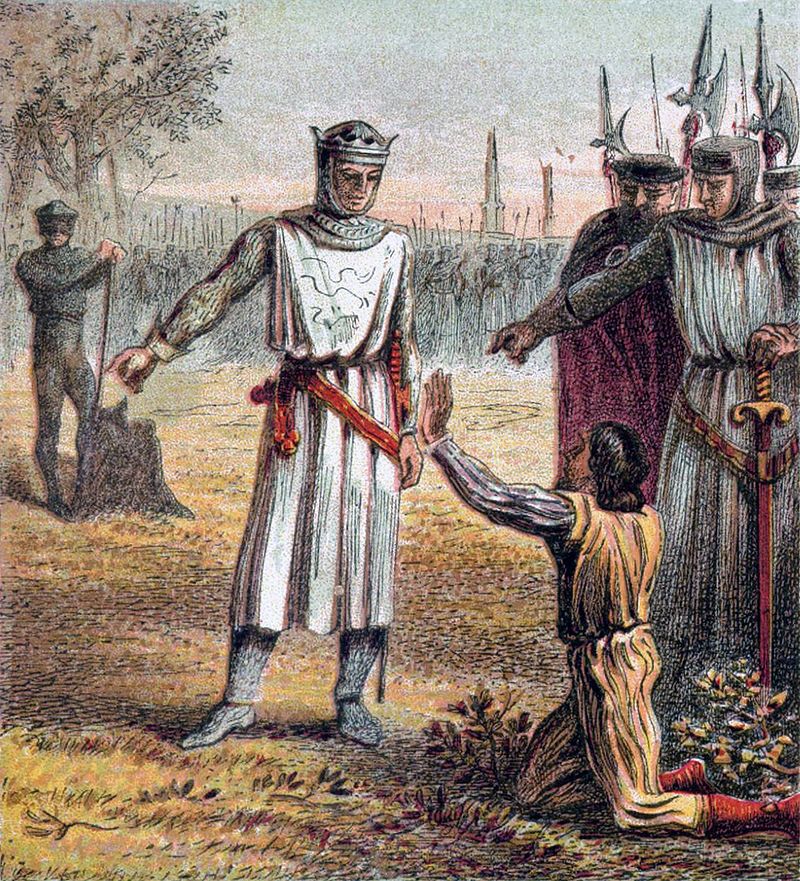
The king knew that Thomas was behind his death.
The English nobles, led by the Earl of Lancashire and the Earl of Hereford decided it was time to remove the king from the throne. However, the king knew of this and send an army from Coventry to Tutbury Castle, which was Thomas' home.
The earls were not ready for this. A large battle ensued and the earls gathered as much treasure as they could, probably to help pay for sanctuary at the stronghold in Pontefract and fled across the ford of the river. However, the current was too strong and the horses pulling their wagon were dragged under, taking the wagon and the coins down with them.
They fled empty-handed and both ended up dead. One was killed in battle and the other was executed.
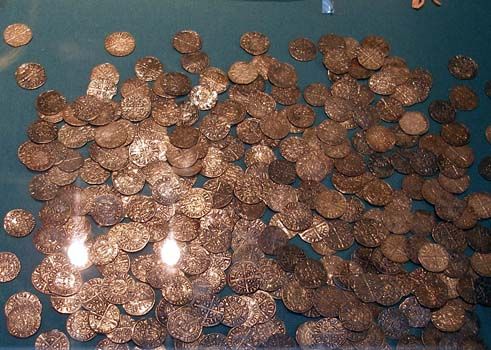
The majority of the coins were found in a three-square-yard area on the bank of the river. After the search was complete, the riverbed was spread with gravel so that no further searches could take place.
All of the coins were roughly the same size except for one large silver coin the size of a half crown, from Edward II.
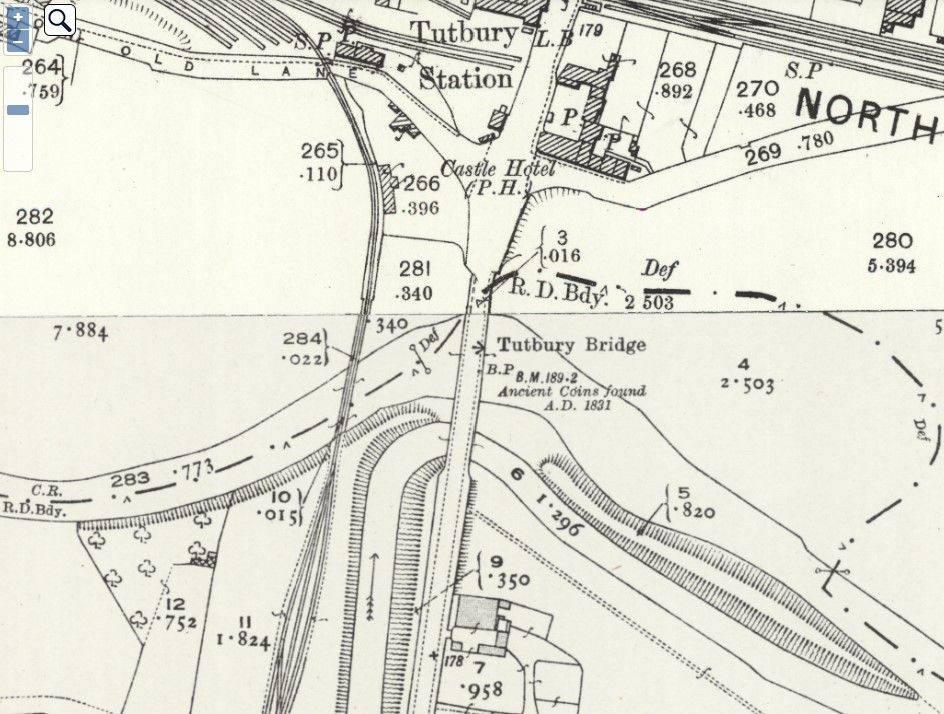
Some of the coins can be seen in the Potteries Museum in Hanley, whilst many others are in the British Museum. Some are still held in private collections.
Don't be tempted to go treasure hunting though as the order prohibiting digging in the river is still in force and carries a hefty sentence.
If you like what you have read, please feel free to support me by following and signing up for my newsletter and/or buying me a coffee!
Thank you.

If you are interested in the history of Tutbury & the surrounding areas then check out these books on Amazon.
Down at the bottom here I am going to shamelessly plug my clothing company Weird Horse Apparel!
There are some weird and wonderful clothing designs available and even some Stoke-on-Trent designs!
Take a look!
